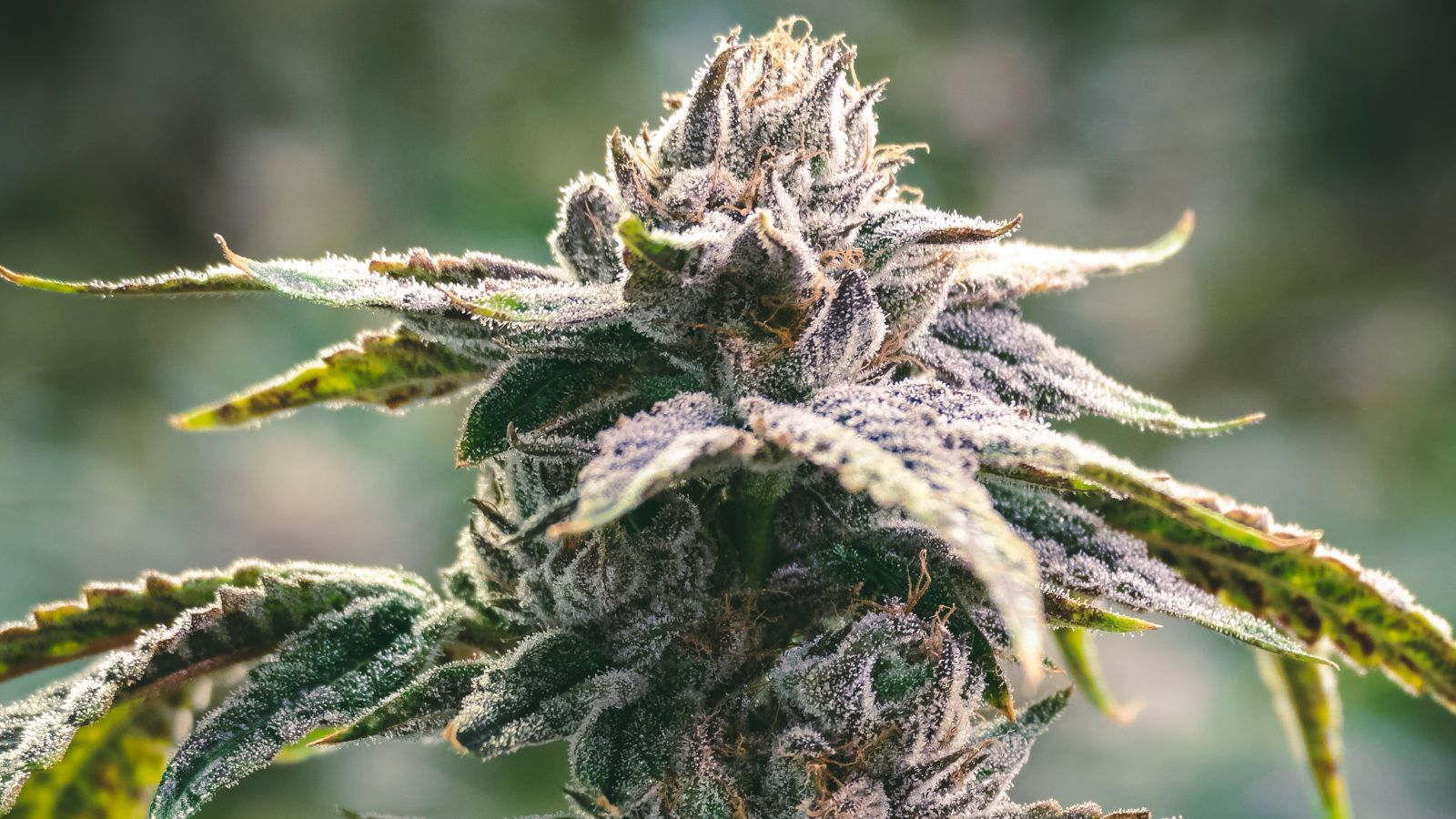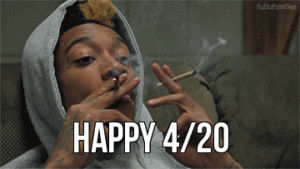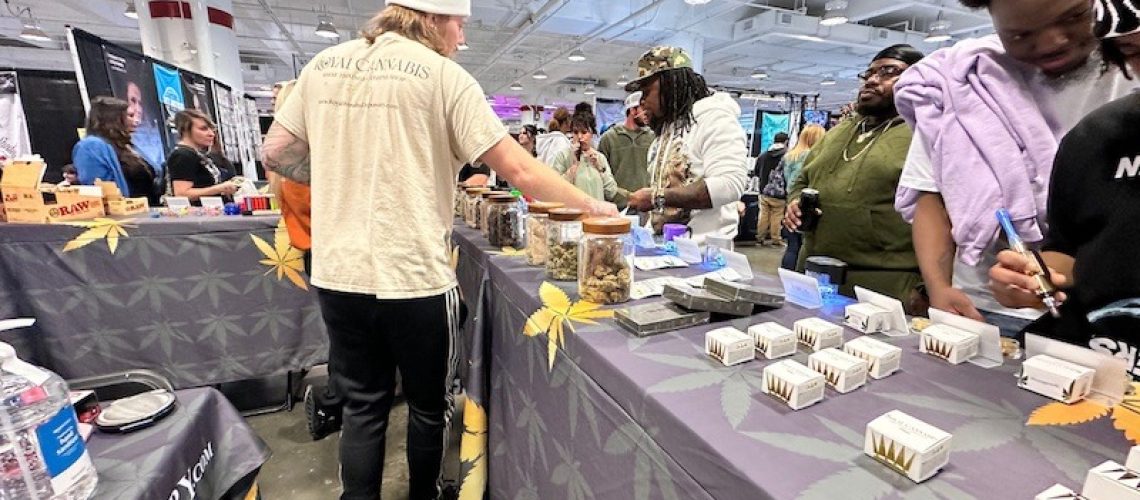In this article. we’ll answer the question, “Why is 420 Associated with Weed?”
Few symbols hold as much significance as the number “420” when it comes to cannabis culture. From clandestine meet-ups to global celebrations, the association between 420 and weed has permeated every facet of the cannabis community.

But what lies behind this cryptic code? Join us on a journey as we unravel the origins, evolution, and profound impact of 420 in weed culture.

Unveiling the Mystery: Origins of 420
The story of 420 is shrouded in mystery and folklore, with numerous tales attributing its origin to different sources. However, one of the most widely accepted theories traces it back to a group of friends in California in the early 1970s.
Legend has it that a group of pranksters, known as the “Waldos,” would meet at 4:20 p.m. after class to search for a hidden cannabis crop. The chosen meeting time? 4:20, the moment when their classes ended and their quest for cannabis began. Sound like someone you know?

While the specifics of their adventure may be lost to history, the term “420” stuck as a code word for cannabis consumption and soon spread beyond the confines of the original group.
Whether it was shared among friends in hushed tones or scrawled on the walls of public restrooms, 420 became synonymous with weed culture, signaling a shared understanding among enthusiasts.

The Evolution of a Symbol
As cannabis culture flourished and expanded, so too did the significance of 420. What began as an inside joke among a small group of friends evolved into a global phenomenon, transcending geographical and cultural boundaries.
Smokers adopted 420 as a universal code for cannabis, using it to discreetly discuss their favorite plant and coordinate gatherings.
With the rise of the internet, 420 found a new home in cyberspace, proliferating across forums, social media platforms, and websites dedicated to cannabis culture.
Memes, gifs, and hashtags bearing the iconic number became ubiquitous, cementing its place in the lexicon of weed enthusiasts worldwide.

The Cultural Impact of 420
Today, 420 is more than just a number; it’s a cultural touchstone that unites cannabis enthusiasts around the world. April 20th, or 4/20, has emerged as an unofficial holiday celebrated with festivals, concerts, and gatherings in cities across the globe. From Amsterdam to Denver to Vancouver, thousands gather to honor the plant they love and advocate for its legalization.
But beyond the festivities, 420 carries a deeper significance within the cannabis community. It calls pe to action, urging lawmakers to reconsider outdated drug policies and embrace the potential of cannabis as a force for good.

Decoding the Symbol: What Does 420 Really Mean?
In recent years, the cannabis industry has embraced 420, seizing the opportunity to capitalize on the holiday with special promotions and events. Dispensaries entice customers with discounts on products, while brands flood the market with limited-edition merchandise adorned with the iconic number.

This shift reflects the commercialization of cannabis culture and underscores the mainstream acceptance of an industry once relegated to the shadows.
USE CODE: ROYAL420 for 10% OFF + FREE DELIVERY ON YOUR NEXT ORDER: CLICK HERE TO SHOP NOW!
Looking to the Future
As attitudes towards cannabis continue to evolve and laws change, the significance of 420 may shift yet again. What began as a small group of friends meeting after school has blossomed into a global movement, inspiring millions to push for change and challenge the status quo.
As we look to the future, one thing is clear: the spirit of 420 will endure. Whether it’s through advocacy, celebration, or simply enjoying a smoke with friends, the legacy of 420 lives on in the hearts and minds of cannabis enthusiasts everywhere.

So, the next time you see the number 420 or someone asks, “Why is 420 Associated with Weed?”, take a moment to reflect on its rich history and cultural significance. It’s more than just a number; it’s a symbol of community, activism, and the enduring power of weed culture.

